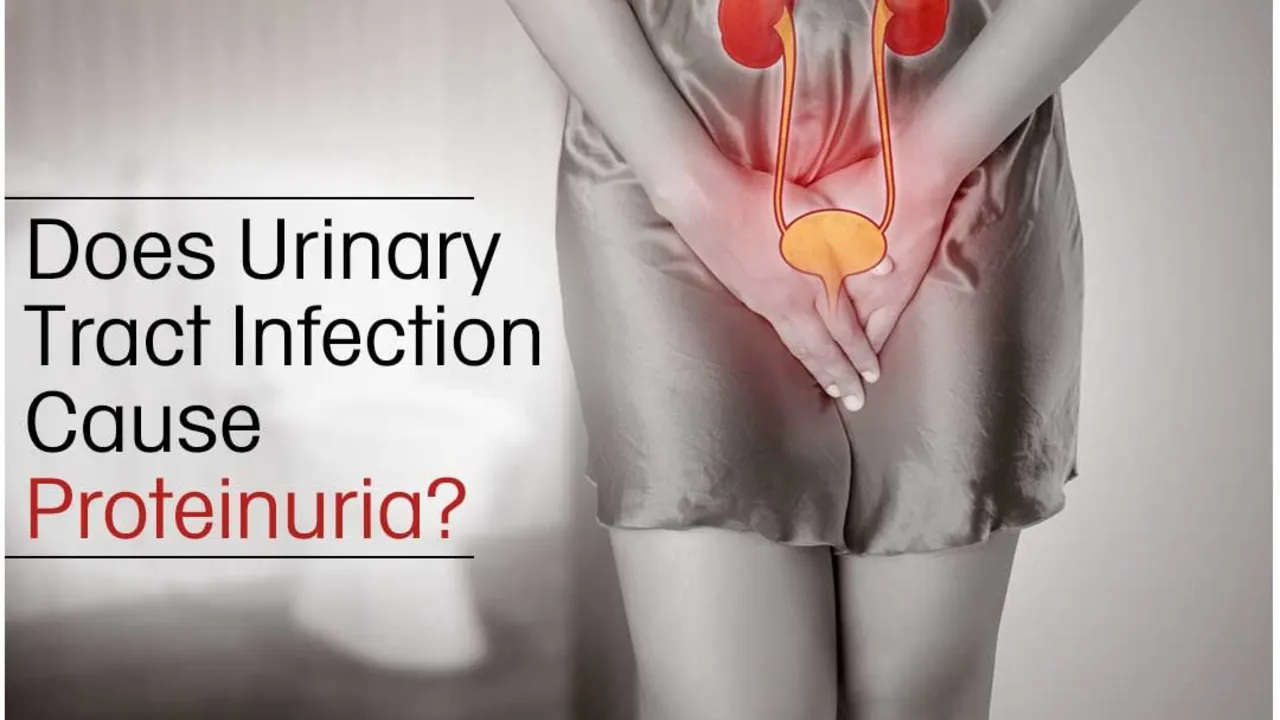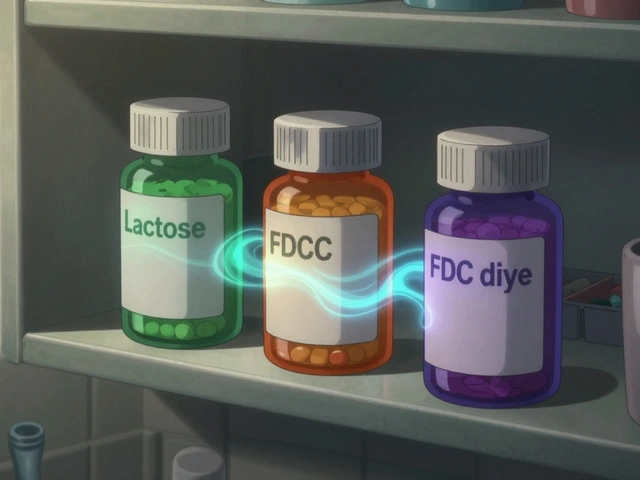Urinary retention and bladder muscle spasms — what to know
Urinary retention and bladder muscle spasms often happen together, and that mix can be confusing and painful. I want to walk you through how these two conditions connect, how to spot them, and what you can do right away or discuss with your doctor.
When urine stays in the bladder instead of emptying, it’s called urinary retention. That back-up stretches the bladder and can trigger involuntary muscle contractions, or spasms. Those spasms are the bladder trying to push out urine but failing because the outlet is blocked or the nerves aren’t sending the right signals.
What causes the blockage or the nerve trouble? For men, an enlarged prostate is a common physical blockage. For anyone, urinary tract infections can inflame tissues and partially block flow. Neurological issues like spinal cord injury, diabetes-related nerve damage, or conditions such as multiple sclerosis can disrupt bladder control. Certain medications, such as some antihistamines, antidepressants, and opioids, also make retention more likely.
How do you notice this problem? Typical signs include a weak urine stream, difficulty starting to pee, a feeling of incomplete emptying, frequent urgent urges with little output, and lower belly pain or discomfort that can be sharp when spasms occur. You might also wake at night to urinate more often or need to press on your lower abdomen to start the flow.
Short-term steps you can take right away include trying to relax, sitting on the toilet for a few minutes, and leaning forward to help the bladder empty. Warm baths or a warm compress over the lower belly sometimes reduce muscle tightness. Don’t force urine; if you can’t empty, seek medical help. Acute urinary retention is an emergency and may require catheterization to relieve pressure and prevent kidney damage.
Medical options depend on the cause. If an enlarged prostate is the problem, medications like alpha blockers or procedures to reduce prostate size can help. Infections need antibiotics. For nerve-related issues, a urologist may recommend intermittent self-catheterization, neuromodulation, or other targeted therapies. Muscle spasm pain can be eased with anticholinergic drugs or muscle relaxants in some cases, but these choices require careful review since some drugs can worsen retention.
Lifestyle steps also matter. Drinking enough water but avoiding excessive fluids at night, cutting back on bladder irritants like caffeine and alcohol, timed voiding schedules, and pelvic floor therapy can all improve symptoms. Keep a symptom diary to show your doctor when symptoms peak and what seems to trigger them.
If you experience fever, vomiting, severe pain, inability to pass any urine, or rapid swelling of the abdomen, get urgent care. These signs may point to infection or severe retention needing immediate relief.
Understanding how retention and spasms relate helps you act faster and get the right treatment. Talk openly with your clinician about symptoms, medications, and medical history so they can find the cause and plan the best steps. Keep copies of test results and ask for clear follow-up plans so you don’t end up confused about next steps and answers.

Get Your Synthroid Prescription Online: Easy and Convenient Solution
Hey there! If managing your thyroid health is on your mind, you're in the right place. I've got some fabulous news that will make your life a bit easier. Did you know you can now get your Synthroid prescription online? That's right—no more waiting in line at the doctor's office or pharmacy. Simply connect with a licensed healthcare provider from the comfort of your home, get your prescription, and have your medication delivered right to your doorstep. It's safe, secure, and super convenient. Stay tuned as I share everything you need to know about this game-changing service!
Detail
The link between urinary retention and muscle spasms in the bladder and urinary tract
Hey there, it's your friend exploring the medical field again. Today, we're going to delve into the connection between urinary retention and muscle spasms in the bladder and urinary tract. It's a complex topic, but don't worry, we'll go through it step by step, discovering how these two seemingly distinct conditions might be more related than we think. Stay tuned, and let's learn something new together. Don't forget, understanding your body is the first step towards protecting it.
Detail



